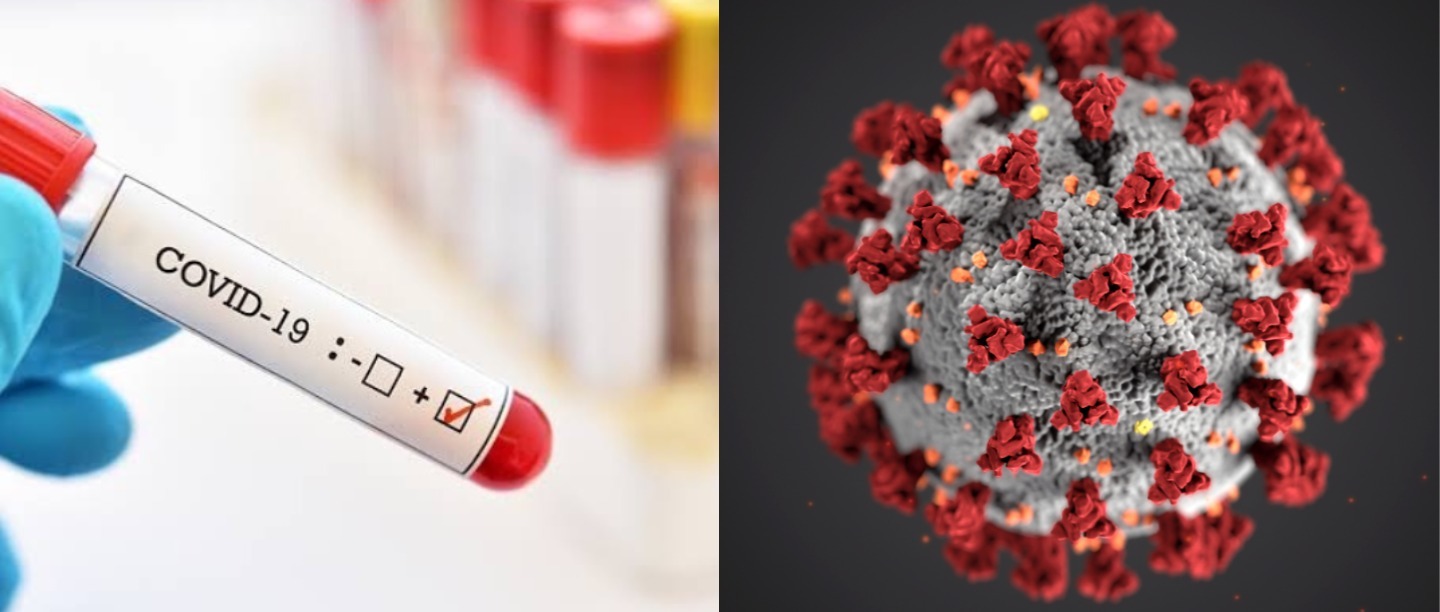
India is currently looking at the 8 lakh mark in terms of total COVID-19 cases. Alarming as the number is, there’s still a little hope embedded in the fact that a number of studies and experts have been claiming that the country will hit its COVID-19 peak in the month of July, post which the coronavirus outbreak is expected to subside. However, a recent study by MIT scientists has now come up with a rather alarming projection, especially for India.
Published in SSRN journal, the study posits the possibility that India would be the worst affected country by February 2021 with close to 2.87 lakh coronavirus cases coming up per day in the month. The study has further projected that by February 2021, India would be worst affected by COVID-19, followed by the US (95,000 cases per day), South Africa (21,000 cases per day), and Iran (17,000 cases per day).
The study has been conducted by MIT researchers Hazhir Rahmandad, TY Lim, and John Sterman and they have used a standard mathematical model to analyse the situation. Named SEIR (Susceptible, Exposed, Infectious, Recovered), the model is used by epidemiologists for infectious disease analysis.
For the study, extensive data has been collected from 84 countries. Three separate scenarios have been considered by the researchers to make their observations. They include:
1. Projections as per the current testing rates and response
2. Projections if testing is increased by 0.1 per cent per day from July 1, 2020
3. Projections in case testing remains at current levels but contact rate to perceived risk is set to 8 (i.e. if one infected person can infect eight people)
As per the study, in the first scenario, the cases have the potential of rising to 1.55 billion (11,627 crores) in 84 countries. However, in the second scenario, these cases would be lesser and might rise up to 1.37 billion (10,276 crores).
“Both these scenarios project a very large burden of new cases in the fall (September-November) 2020, with hundreds of millions of cases concentrated in a few countries estimated to have insufficient responses given perceived risks (primarily India, but also Bangladesh, Pakistan, and USA). In contrast, changes in response policies would make a major difference,” the study reads.
However, it is the third case scenario which becomes crucial here. Thus, given that the testing rates remain at the current level while the administration takes measures and tries to set the contact rate to 8, then a drastic decline in cases and fatalities has been projected by the study. However, even with this scenario, the total cases worldwide have the potential of swelling up to 60 crores given there is no cure or vaccine till then.
While the study stresses the importance of aggressive testing, it actually puts its best bet on how effectively the administration and stakeholders are willing to contain the virus. Thus, countries slacking in their mitigation policies are likely to be the worst affected ones in the longer run.
Featured Image: Instagram